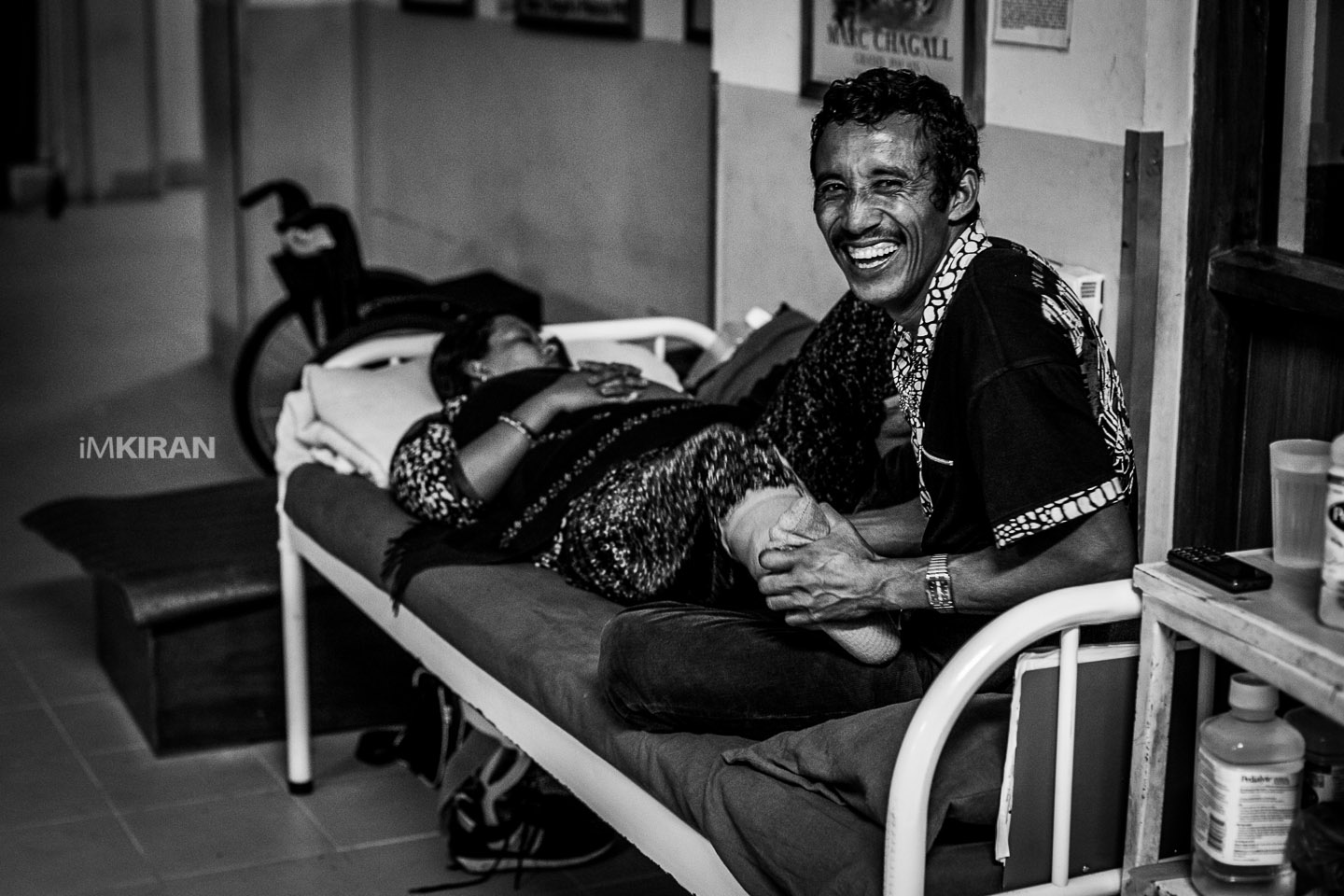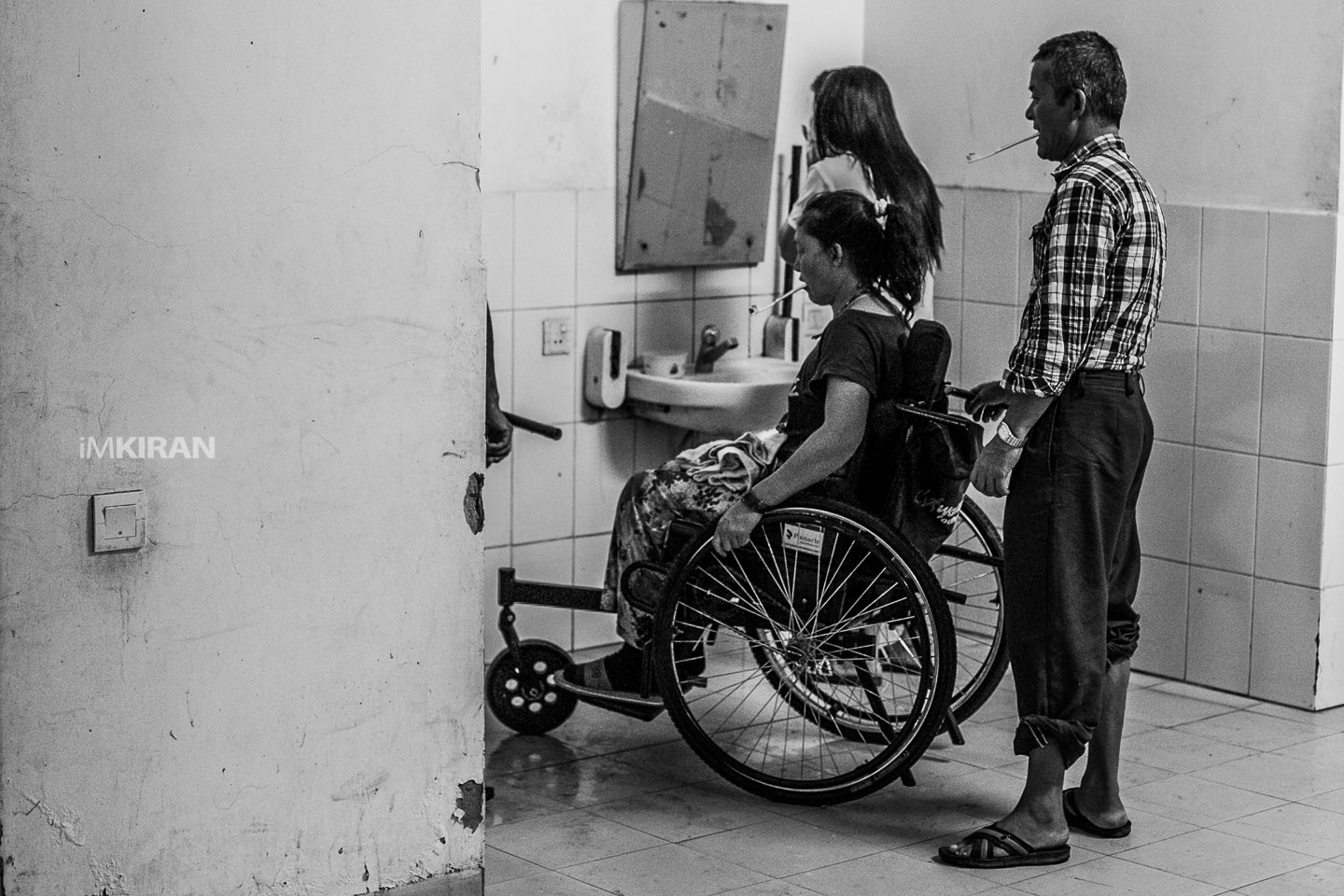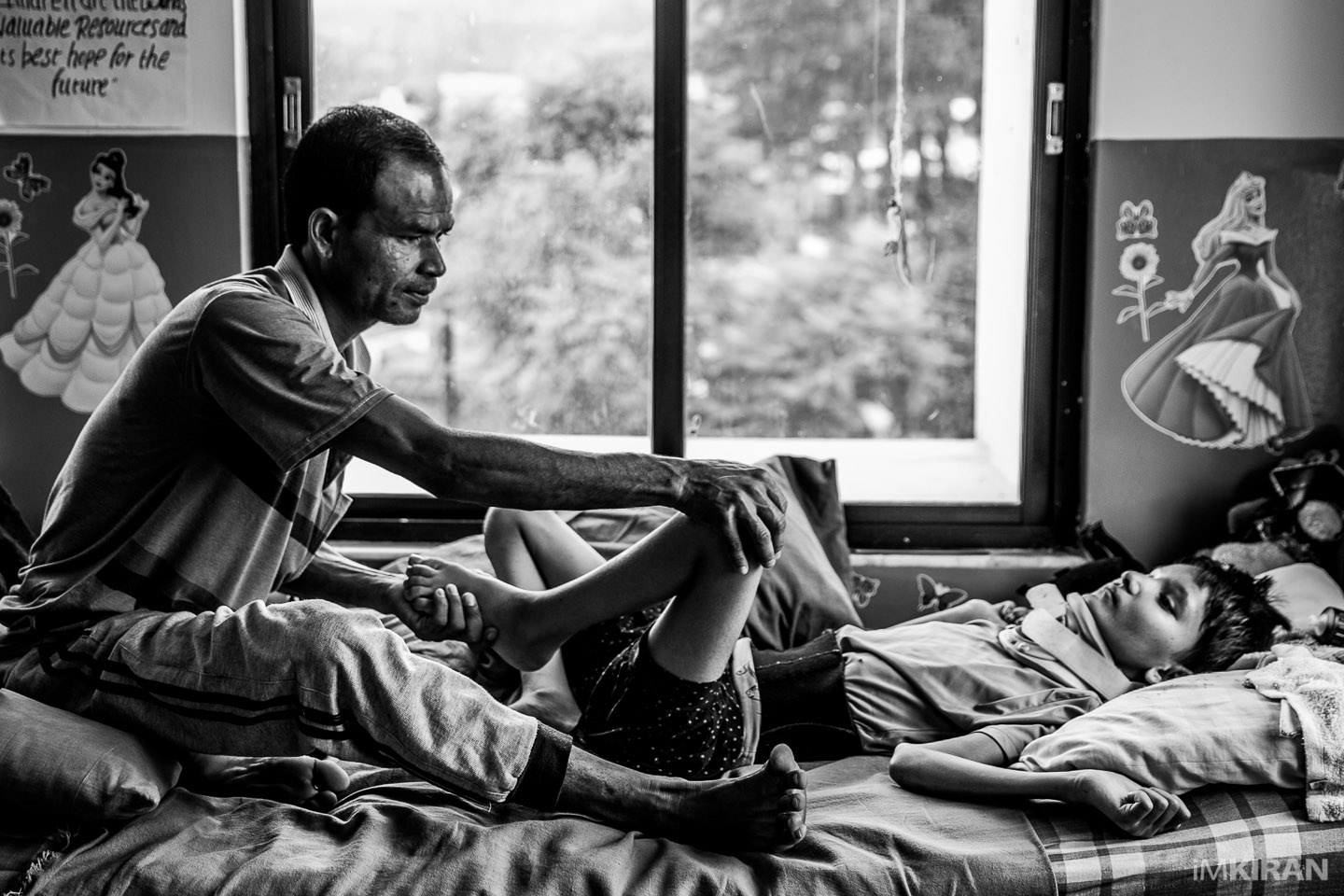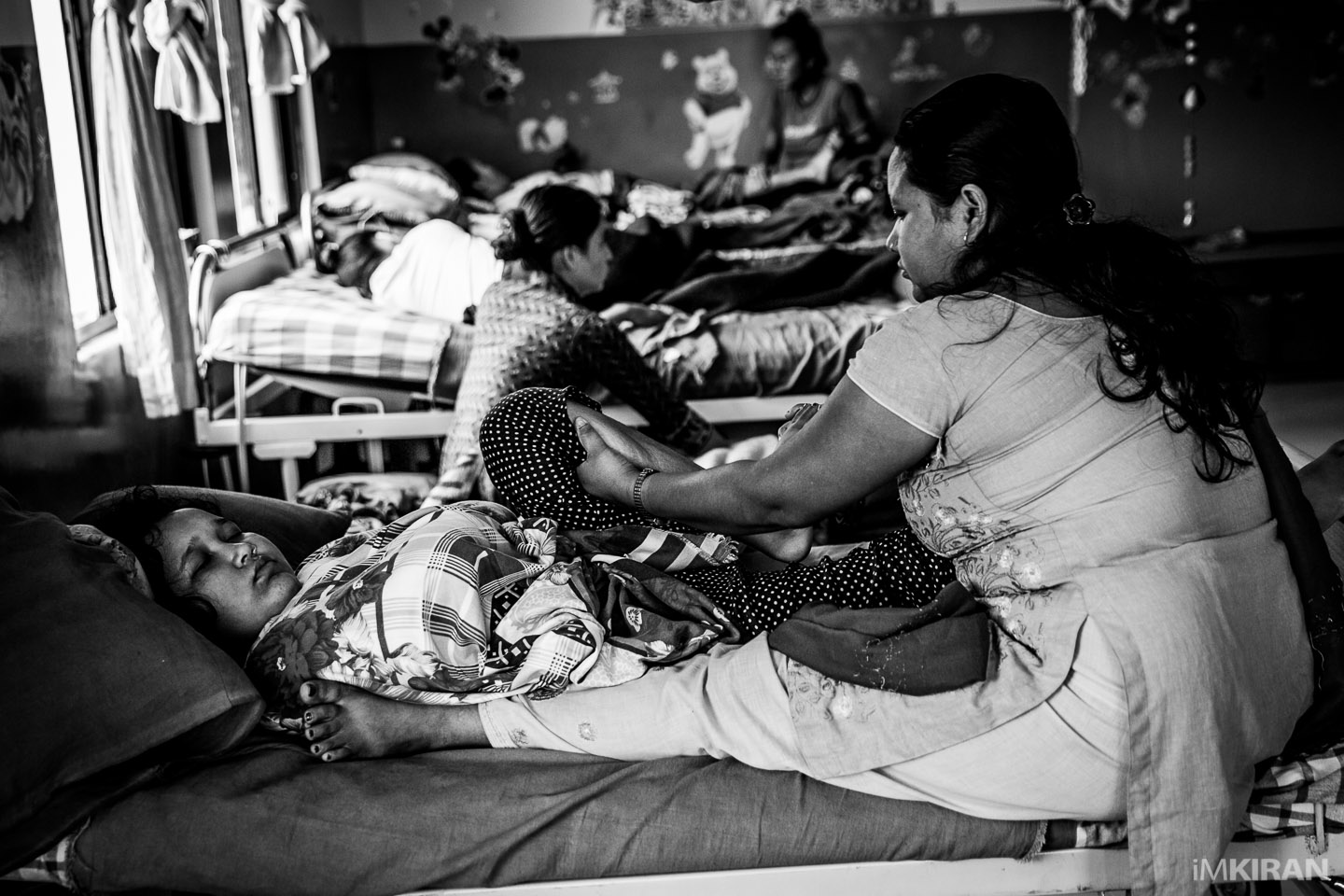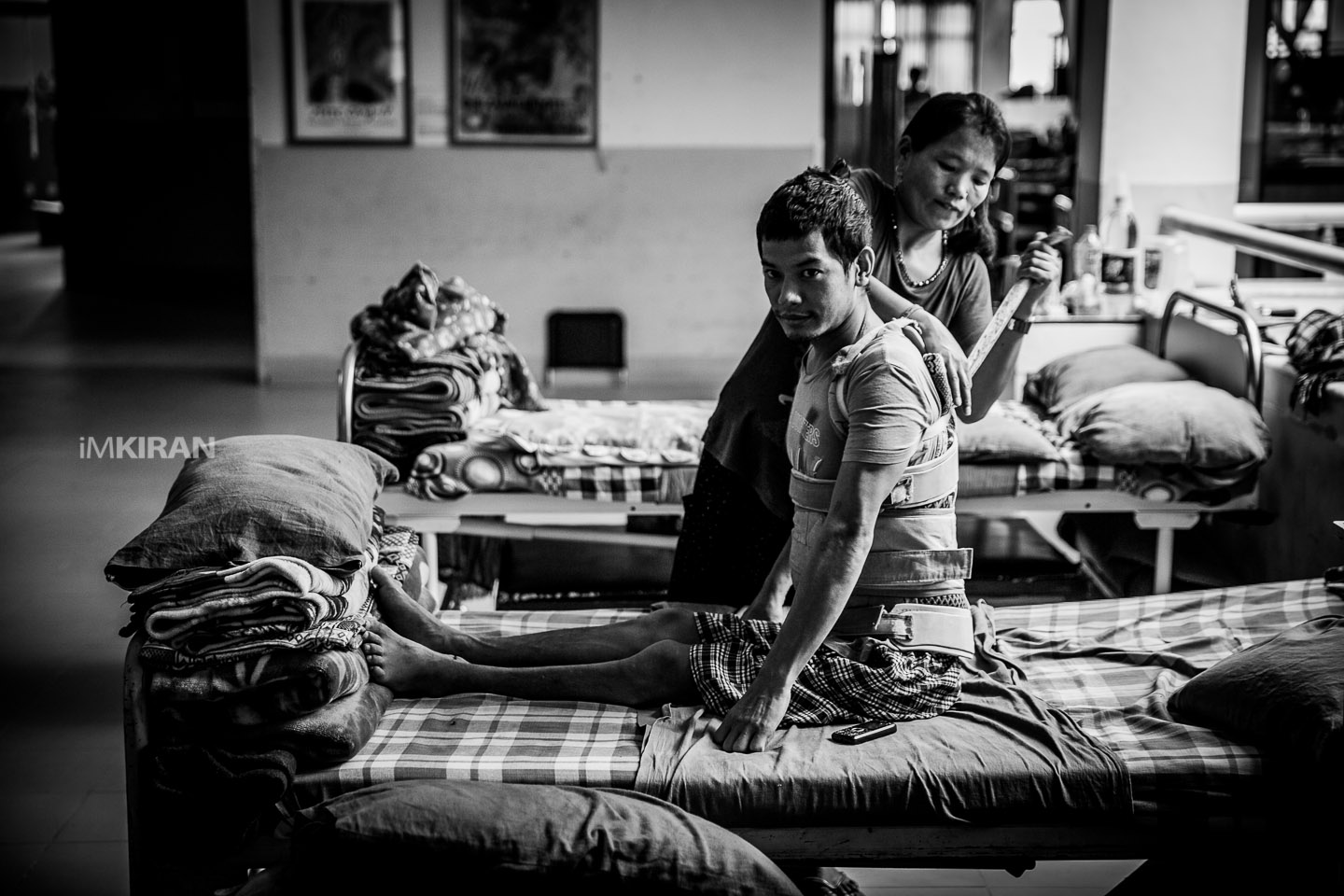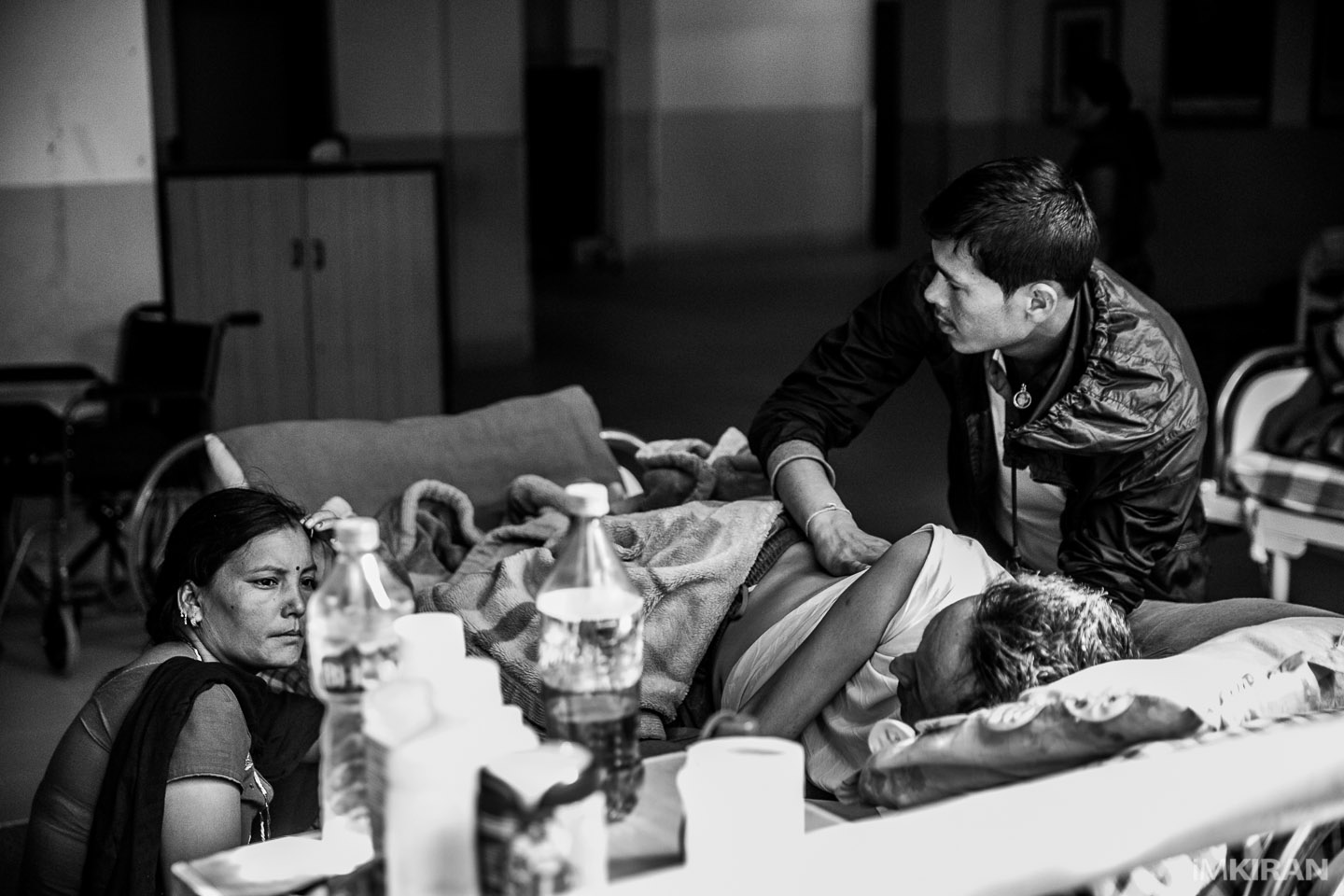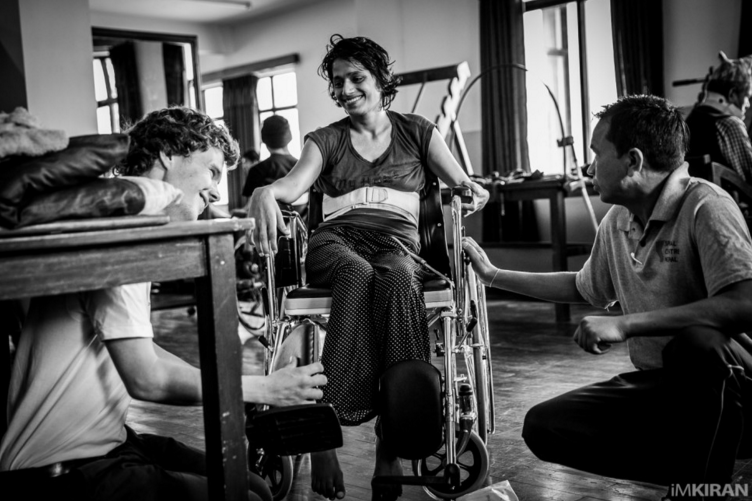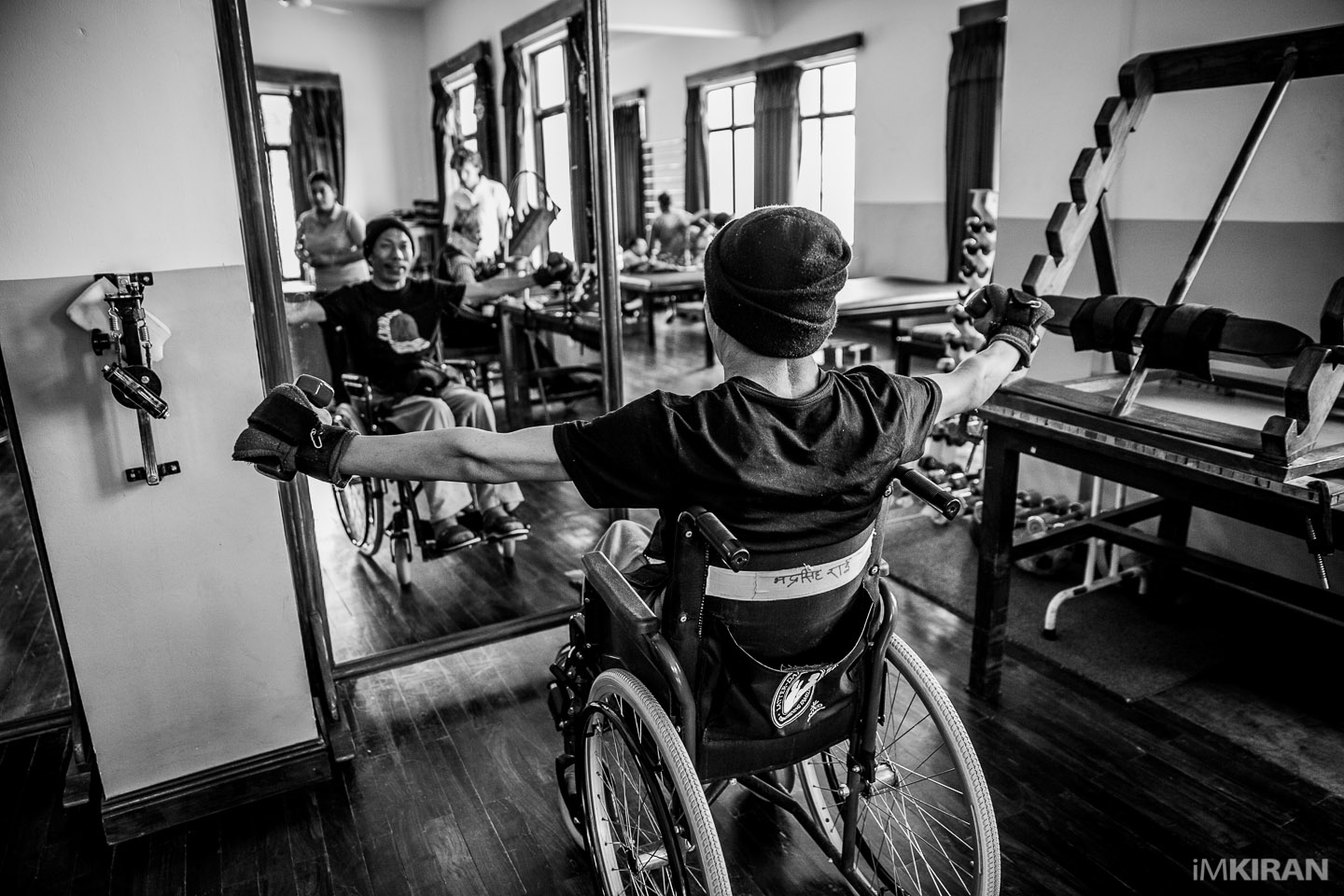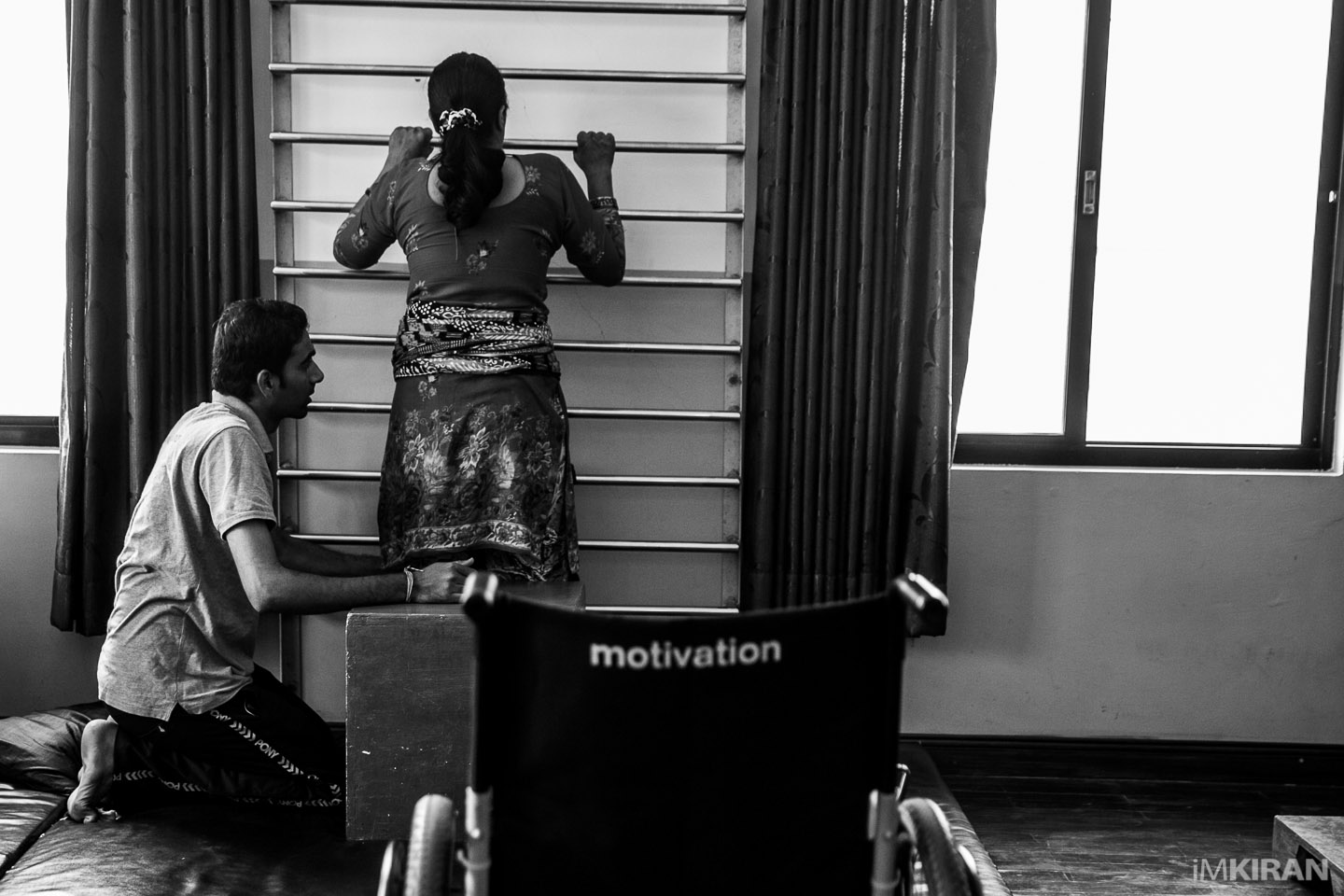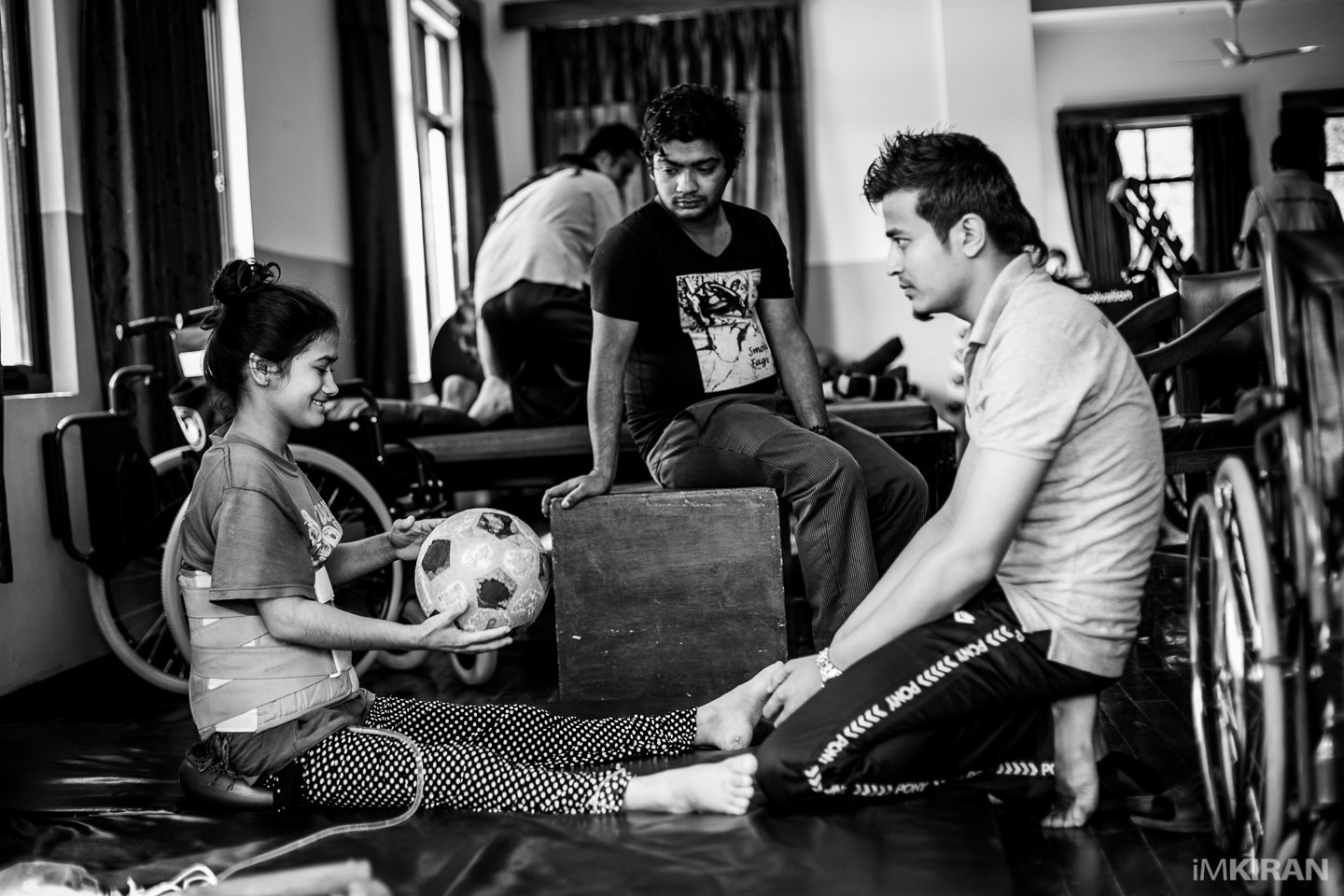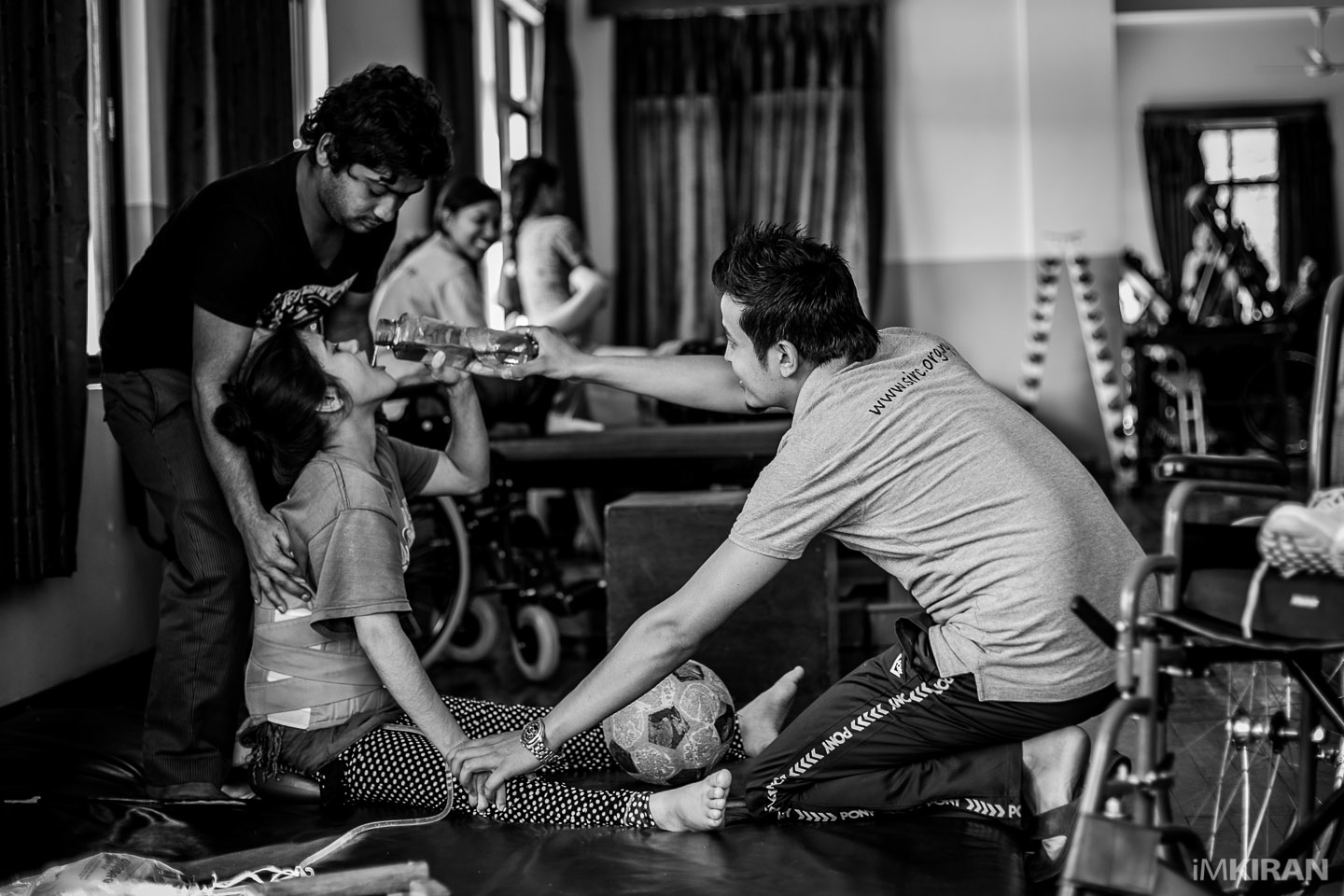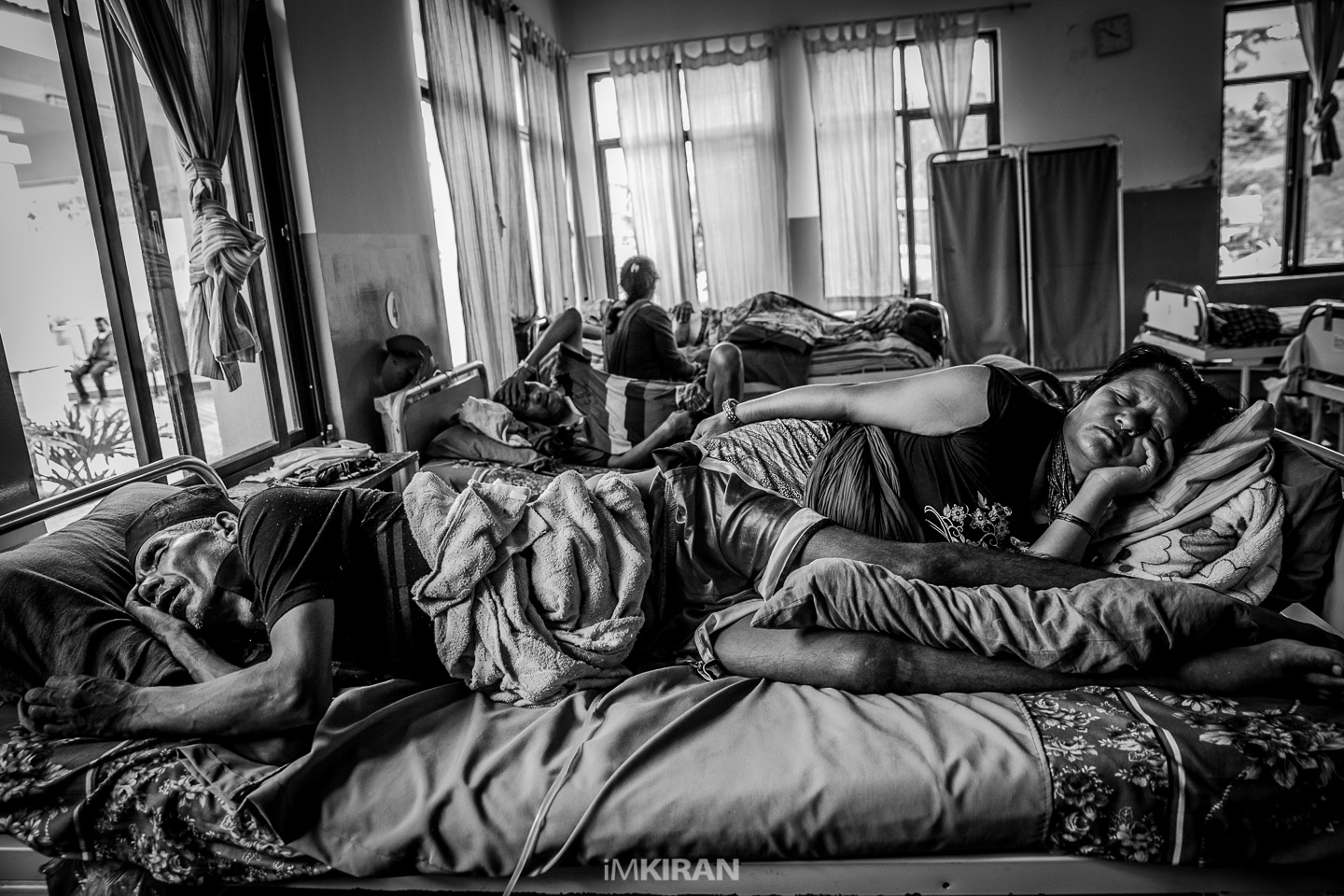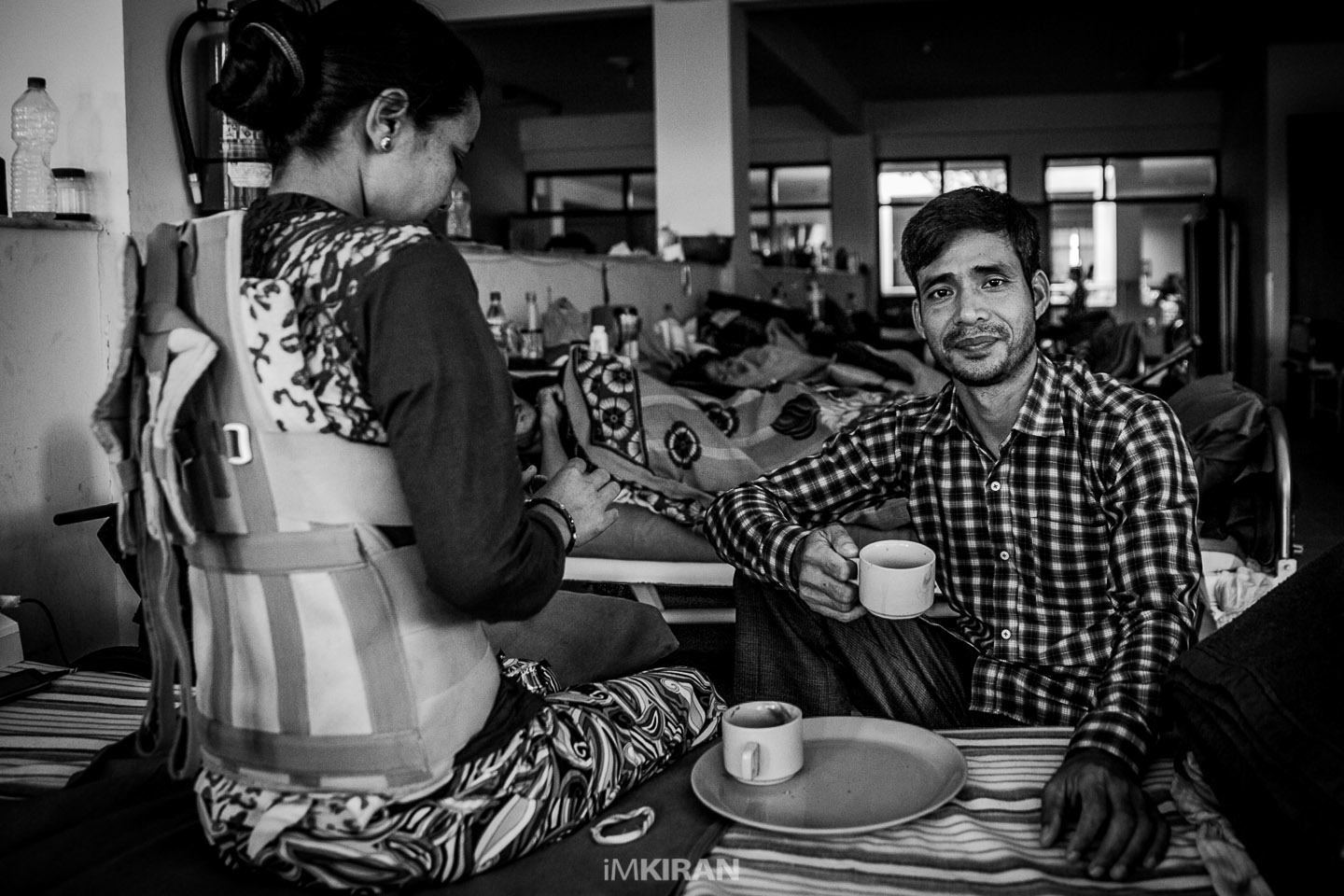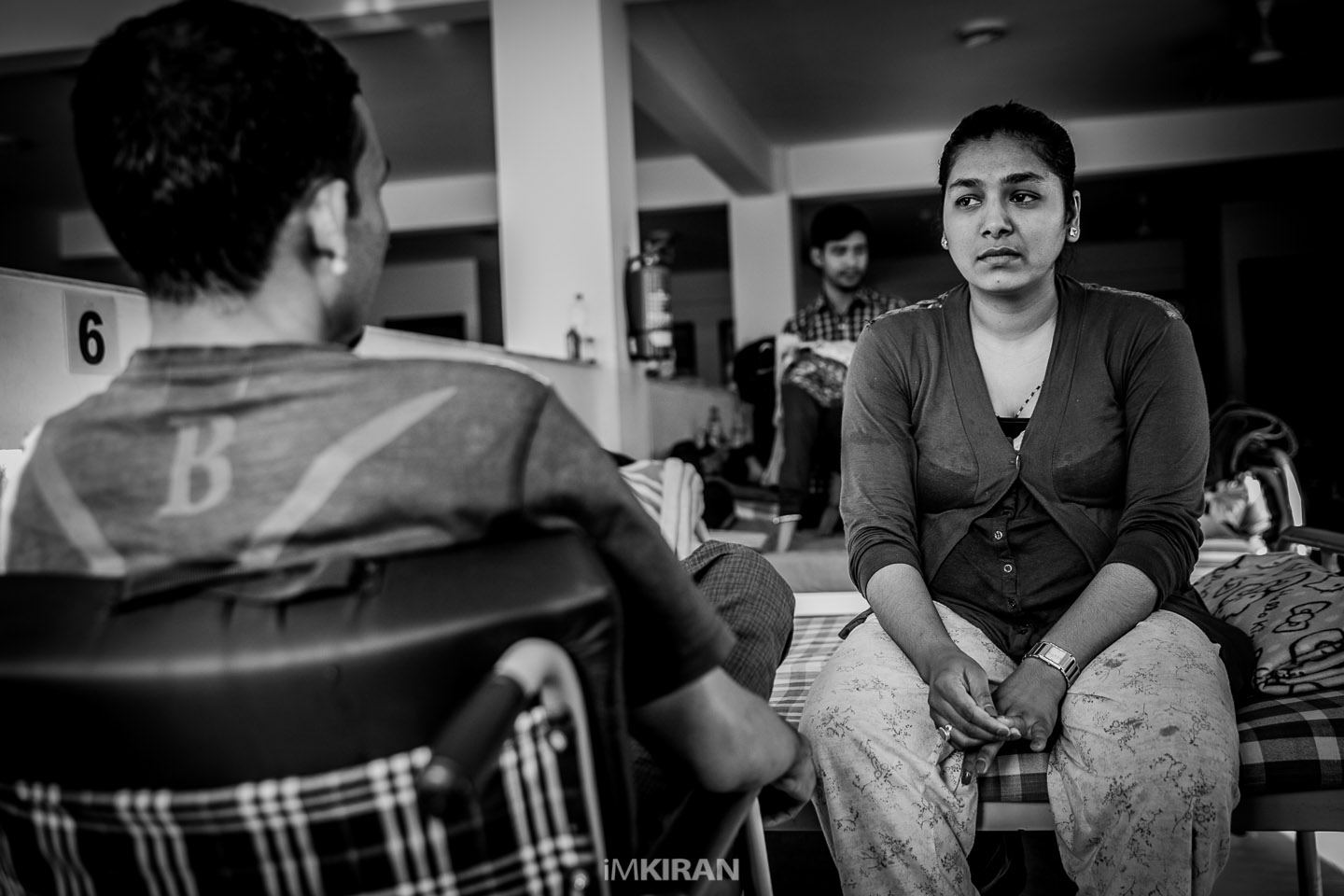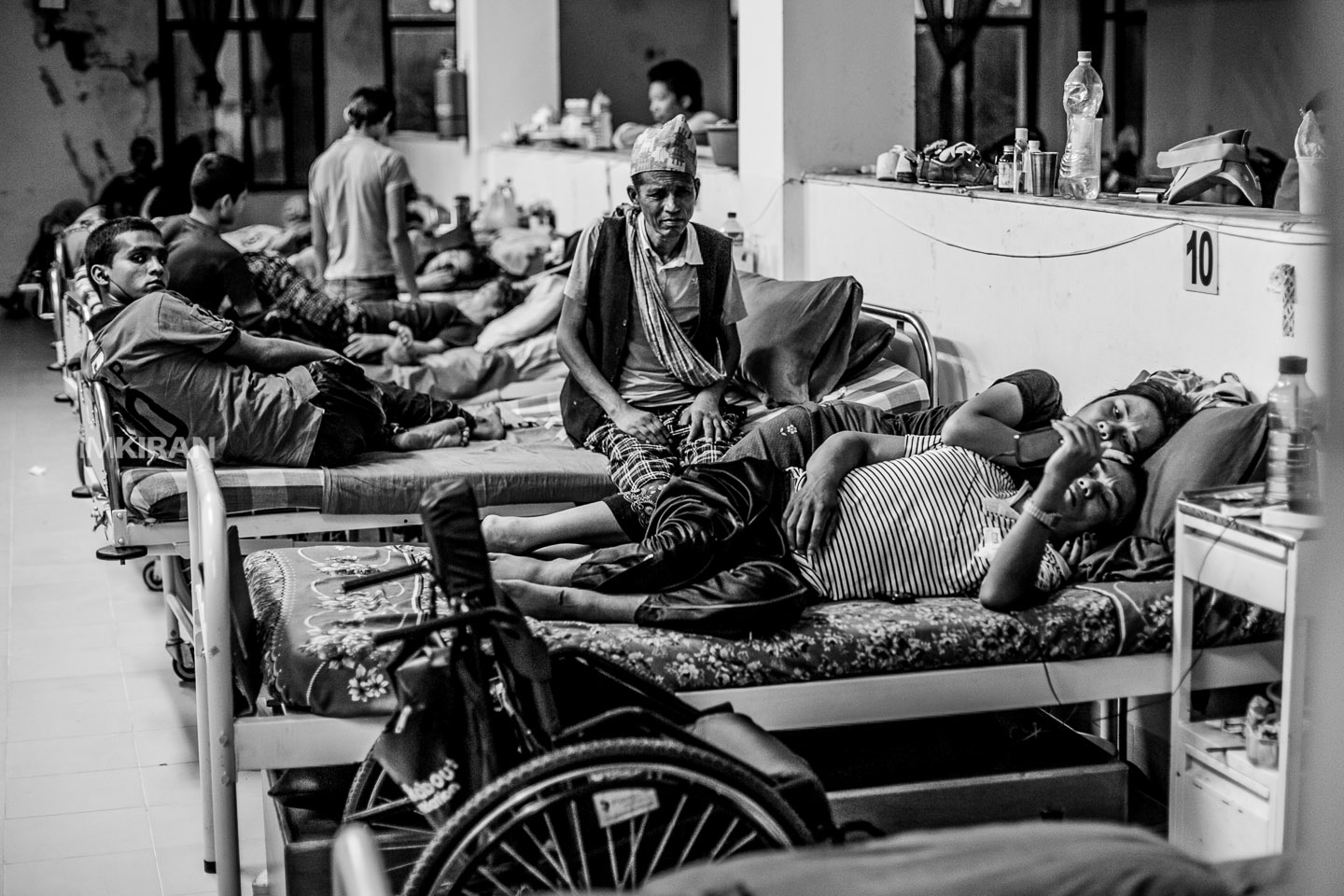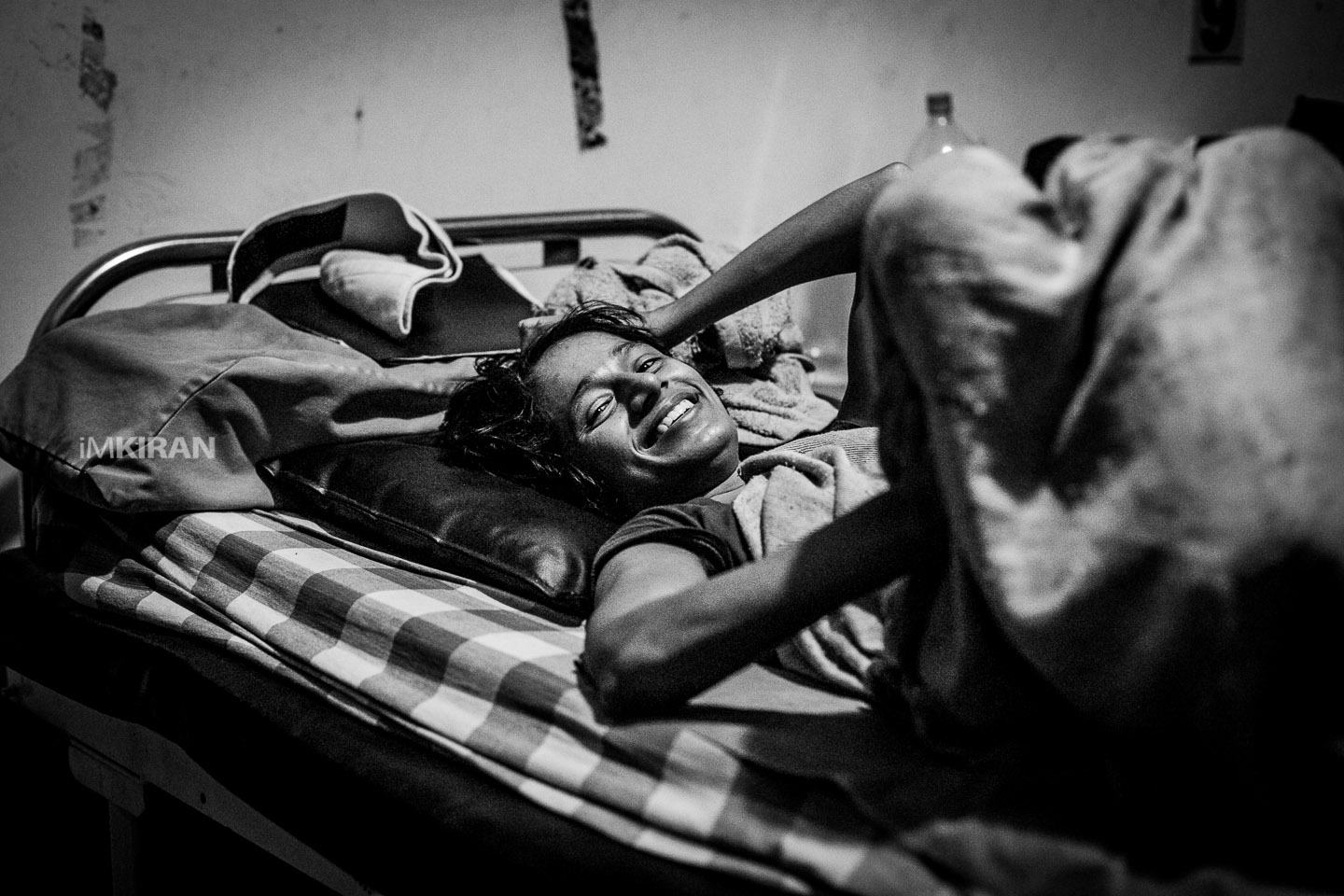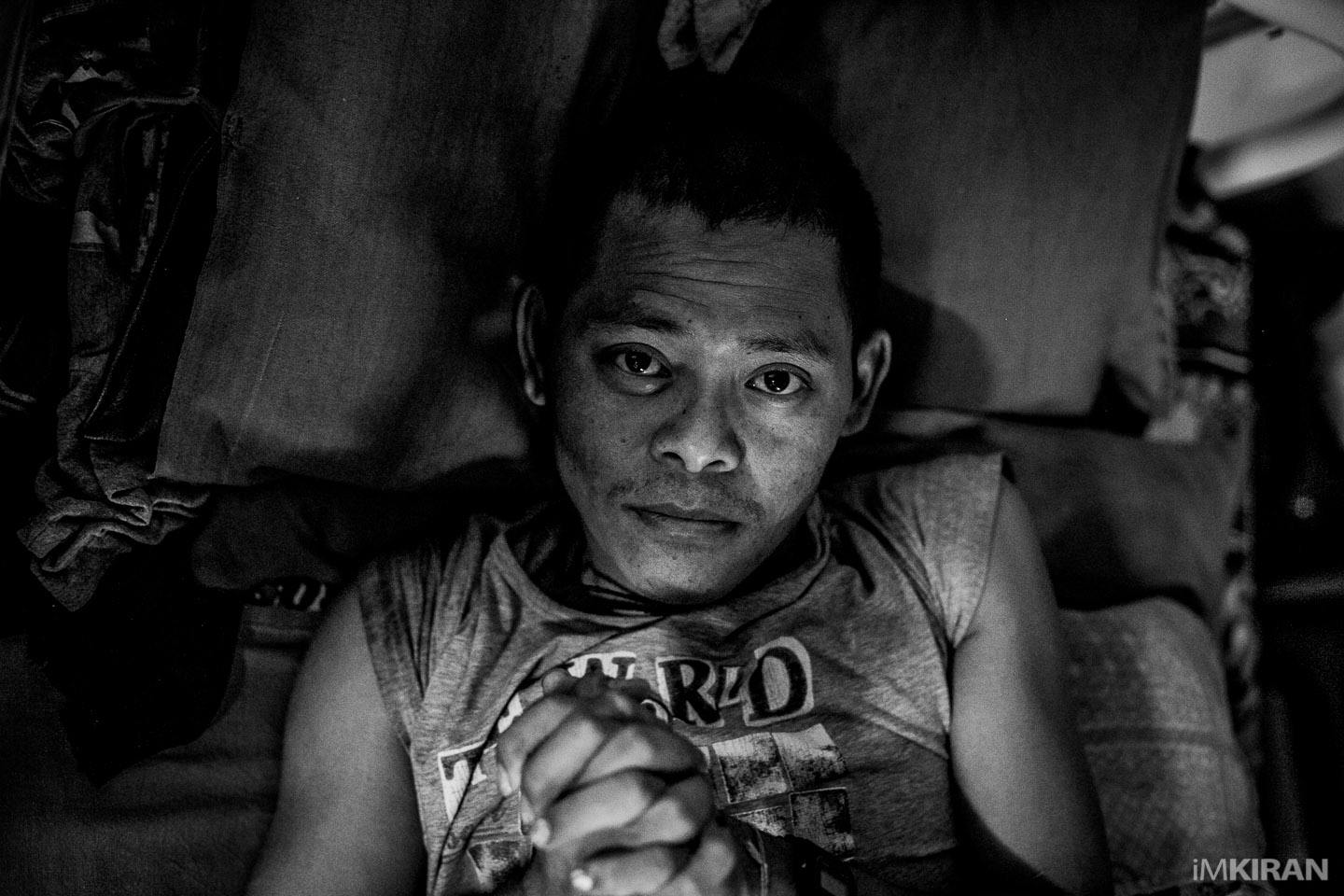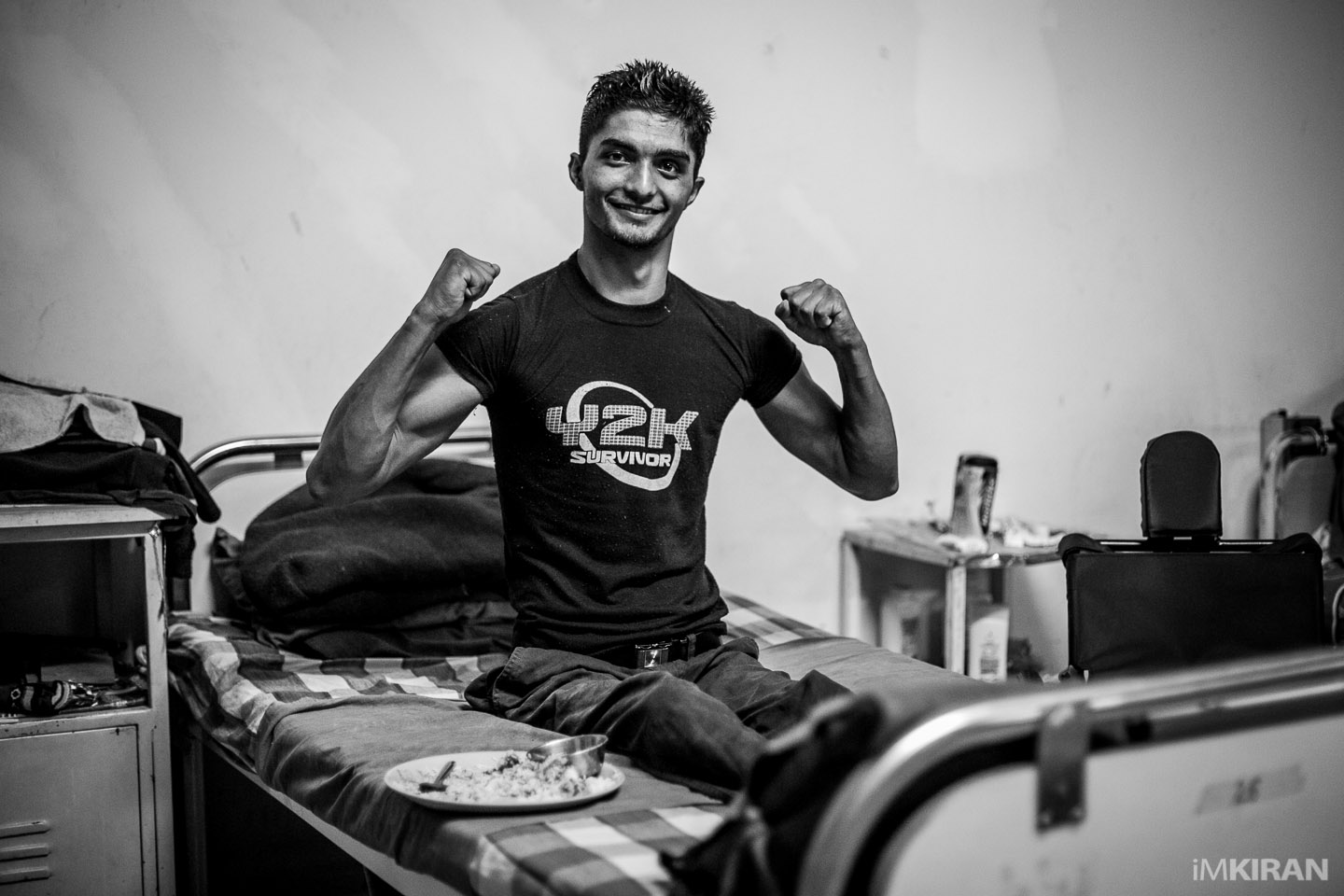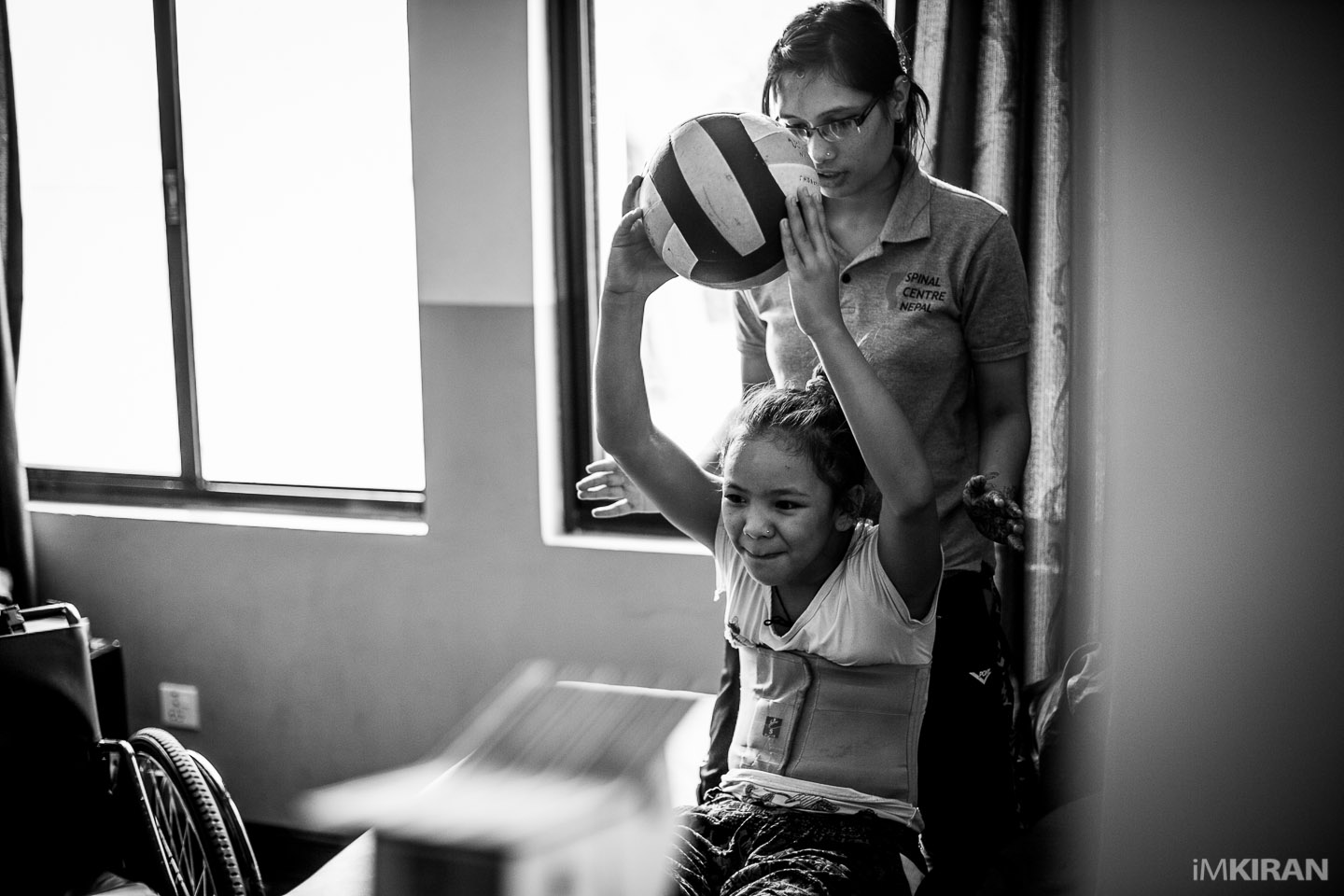Malaysian Photographer Captures Moving Photos Of People Battling Spinal Cord Injuries
A peek inside the lives of people who can't walk.
Situated on the cusp of one of the greatest mountain ranges in the world, Nepal's terrain is not particularly forgiving for those with mobility issues — let alone people battling spinal cord injuries (SCI)
Spinal Cord Injury (SCI) is one of the most grievous kinds of bodily damage which drastically reduces the quality of life of the injured and a disproportionate number of Nepalis suffer from SCI due to the country's vertical landscape.
Culturally, the belief prevails that disability is somehow a punishment, making it difficult for newly-disabled people to fully reintegrate into society there.
The recent earthquakes in Nepal have left an estimated 400 people with serious spinal cord injuries, the BBC reported. Many of them are presently being treated at the Spinal Injury Rehabilitation Centre (SIRC), the only centre of its kind in Nepal. It is based in Sanga near the capital Kathmandu. Currently, there are 190 patients at the centre. With no place to go after the earthquake destroyed their homes and cut off roads to nearby villages, many of them have been living there for over 5 months now.
In order to capture people's battle with spinal cord injuries, Kiran Kreer, a photojournalist from Ipoh, who was in Nepal following the earthquake spent 24 hours at the SIRC, taking a series of photos of the patients from the moment they woke to the moment they slept
Our ability to walk is something we usually take for granted. But say, for example, your spinal injury takes away your ability to walk, how would you use a wheelchair in a place that is situated on the cusp of one of the greatest mountain ranges in the world?
We also don't give much thought to our ability to use our body to function normally until something drastic happens. For people with SCI who have to adapt to a new life that is bound to a wheelchair, even a simple act of brushing their own teeth becomes a struggle as huge a climbing the Mt. Everest.
At the centre, the patients wake up as early as 5am. Their caretakers help them out of bed, brush their teeth, take them to the toilet with a plastic bag hanging at their sides. These are the daily chores that we usually do without giving much thought to.
In the children's ward, parents massage the legs of their children. One of them here is a girl who was attacked by a tiger. The beast caught her neck and dragged her away while she was playing. While she survived, she lost her ability to use her hands and legs.
A mother helping her son start his day by fixing his backbone support belt, a daily routine. Next he will have to get on the wheelchair. That's something they learn how to do on their own.
After their morning routine, the patients head to the Rehabilitation Ward for their treatments and workouts where they work closely with the SIRC staff who are trained to work with individual patients
Throughout their stay at the centre, the patients and the physical therapists build a close relationship of trust. While many walk again, some realise they are going to spend their life in a wheelchair.
A husband looks on as a physical therapist helps his wife with basic workouts, teaching her how to use basic functions like the grip on her hands, to sit on her own, even drinking from a bottle.
Couples watching Nepali movies on their smartphone. They spend hours doing this, the only way to get away from the reality there.
Head over to Kiran's blog to check out more photos


